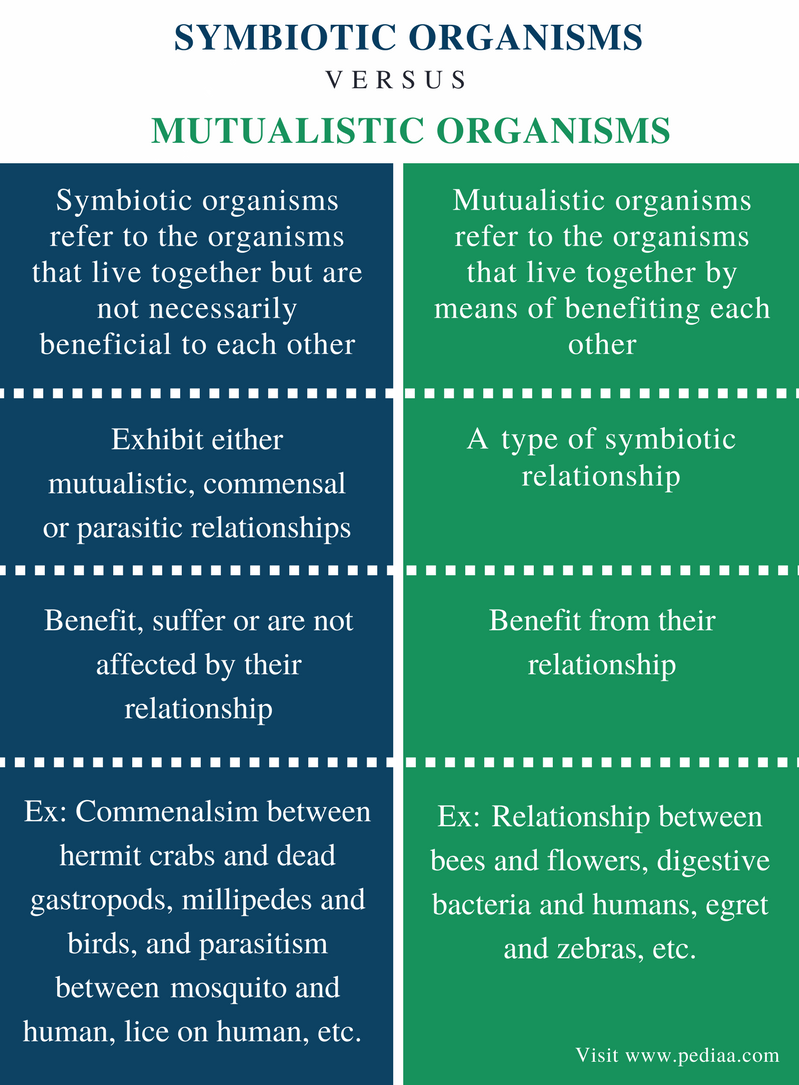Multivariate outcomes
To look at if people who came across their partner through dating apps are less dedicated to long-lasting dedication compared to those whom came across their partner somewhere else, a few logistic regression types of having strong household development intentions, accounting for a comprehensive group of covariates, are presented in dining dining dining dining Table 1. The outcomes suggest that participants who came across by way of a dating application do not vary somewhat with regards to marital intentions, fertility desire or fertility motives from those that came across their partner offline. However, non-residential couples created through dating apps have actually notably more powerful motives to go in making use of their partner compared to those whom came across offline. Comparing dating apps to another two online groups unveiled no differences that are significant. In extra analyses ( perhaps maybe maybe perhaps perhaps maybe not shown), We estimated purchased logistic regression models of household development intentions operationalized regarding the initial 5-point scale (see dimensions sub-section). The outcomes had been comparable aside from analytic strategy.
To explore whether there clearly was sex variation within the website website website website link between conference via dating apps and commitment that is long-term Fig 2 reports predicted probabilities of household development motives by fulfilling context and sex, along with other variables held at mean value. The graph corresponding to marital motives suggests that neither guys nor women that came across their partner via a dating application have actually considerably reduced motives to marry within the next couple of years compared to those whom came across their partner offline. However, both women and men whom came across their match on an app that is dating in addition to ladies who discovered their partner via other online venues, have more powerful cohabiting intentions compared to those who came across their partner in non-digital settings. Finally, we realize that ladies who discovered their partner via a phone software have marginally more powerful need to have kiddies (p = .096) and a lot more pronounced motives to have young ones within the next 36 months (p = .018) compared to those whom came across their partner offline.
According to logistic regression models including interactions between conference context and sex, managing for whether same-sex few, kind of union, age, tertiary training, whether used, whether formerly hitched, prior cohabitation, biological kiddies, (common kids), religiosity, migration history, work-life conflict, relationship satisfaction, illness, and partnership extent. movie Stars suggest probabilities considerably various set alongside the offline category: †p Table 2. OLS regression coefficients relationship that is predicting life satisfaction by fulfilling context.
Finally, to try whether dating apps are connected with greater exogamy than many other conference contexts, Table 3 very very very very first gifts the outcome of three logistic regression models predicting academic exogamy, exogamy on origin (for example., migration history) among Swiss natives, and exogamy on beginning among migrants, correspondingly. The table then additionally states findings for just two multinomial logistic regression models predicting first, age distinction between lovers, and 2nd, geographic exogamy. All models managed for experience of offline wedding areas by including indicators of populace time and density access (proxied by work-life conflict).
First, with regards to academic mating that is assortative outcomes suggested that conference through dating apps ended up being certainly related to greater exogamy (i.e., couples are more inclined to come with a partner with tertiary education and another with non-tertiary training) than conference offline. The end result is basically driven by tertiary-educated ladies partnering down (see S4.2 Fig in S1 File). One more model using the detail by detail categorization of offline conference contexts (results in S4 dining Table in S1 File) revealed that dating apps have actually a boosting influence on academic exogamy when comparing to many offline settings, particularly conference in school or work, through an interest or relationship, or via buddies.
2nd, regardless of migration background, conference through dating apps had no impact on the probability of being element of an exogamous few including a indigenous and a migrant partner. Among natives, getting a partner on line was related to greater exogamy on beginning only if having utilized other electronic tools such as for instance online social networking sites.
Additionally, outcomes revealed that partners who came across through dating apps are not somewhat not the same as people who came across offline with regards to age distinction between lovers
Couples initiated through dating platforms had been, nevertheless, closer in age compared to those initiated offline. Extra analysis including a discussion between conference context and age group (predicted probabilities graphed in S4.3 Fig in S1 File) suggested that dating web sites encourage age homogamy for participants over 30, and that respondents  between 18 and 29 yrs . old whom came across their partner through dating apps are less age-homogamous but more age-hypergamous compared to those whom came across offline.
between 18 and 29 yrs . old whom came across their partner through dating apps are less age-homogamous but more age-hypergamous compared to those whom came across offline.
